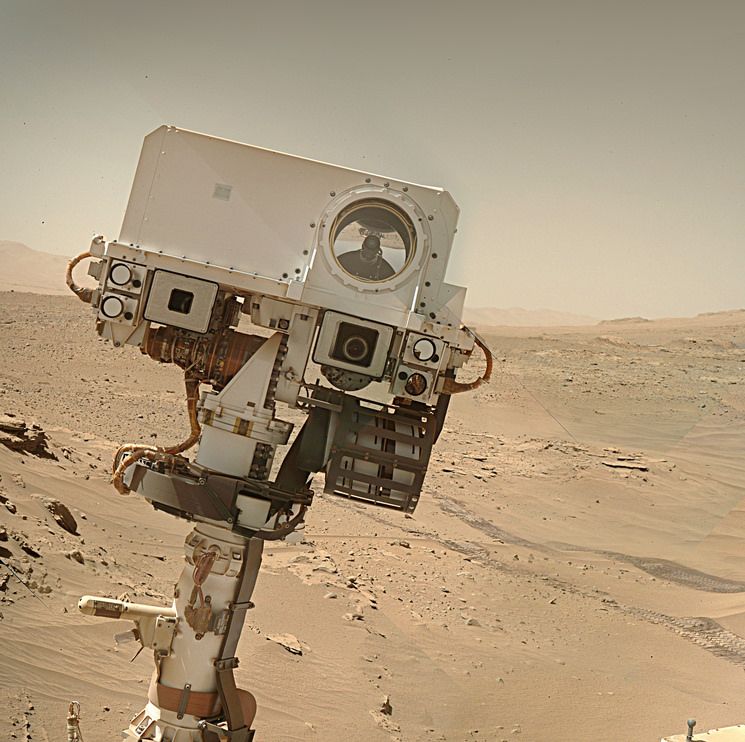Assembled from 15 overlapping L-MastCam sub-frame Bayer reconstructed images from sol 4573. It’s the rover’s current workspace. Not sure how long they will stay here, but the journey to the next major science waypoint (Boxworks) to the south will continue soon.


First of all, I have to say that this is a very thoughtful and useful reply. I’ve actually re-read it several times now, perhaps because it’s given me different ideas each time I’ve read through.
That Fujifilm link is one of the best justifications I have ever seen to keep an unreasonable number of browser tabs open, hahaha. Aside from realizing that I hate the “Provia” film simulation, there is a lot of meat there… in fact, everything you’re touching upon tells me that there is more room for experimentation/fooling around/creativity with our planetary imagery than even I had thought.
In planetary science, “experimenting with color” (OK, “multispectral data”) is a learned skill that is actually taught to undergrads nowadays, but it’s a lot more mathematical than what Fuji is talking about, and I’ve never heard anyone (instructors or students) talk about perception and such in the way you’re doing here. OK, so I may be extremely bad at art, but nobody can stop me from playing with landscape photos from Mars, and I think I’m going to start. That being said, I think what you’re saying should motivate actual visual artists to look at and reproduce their individual visions of this stuff a lot, lot more…